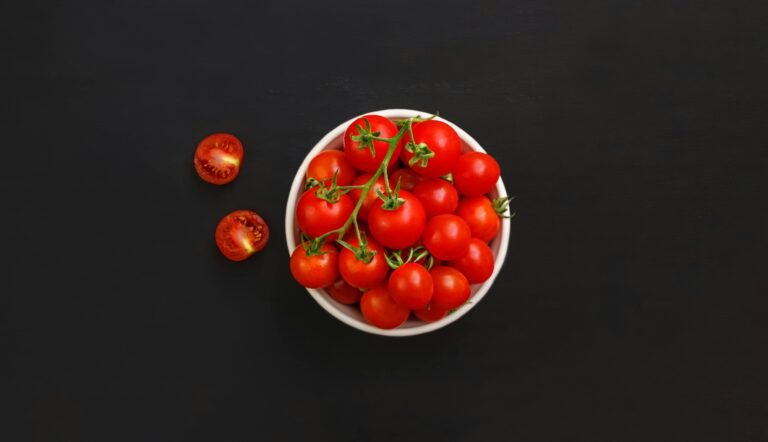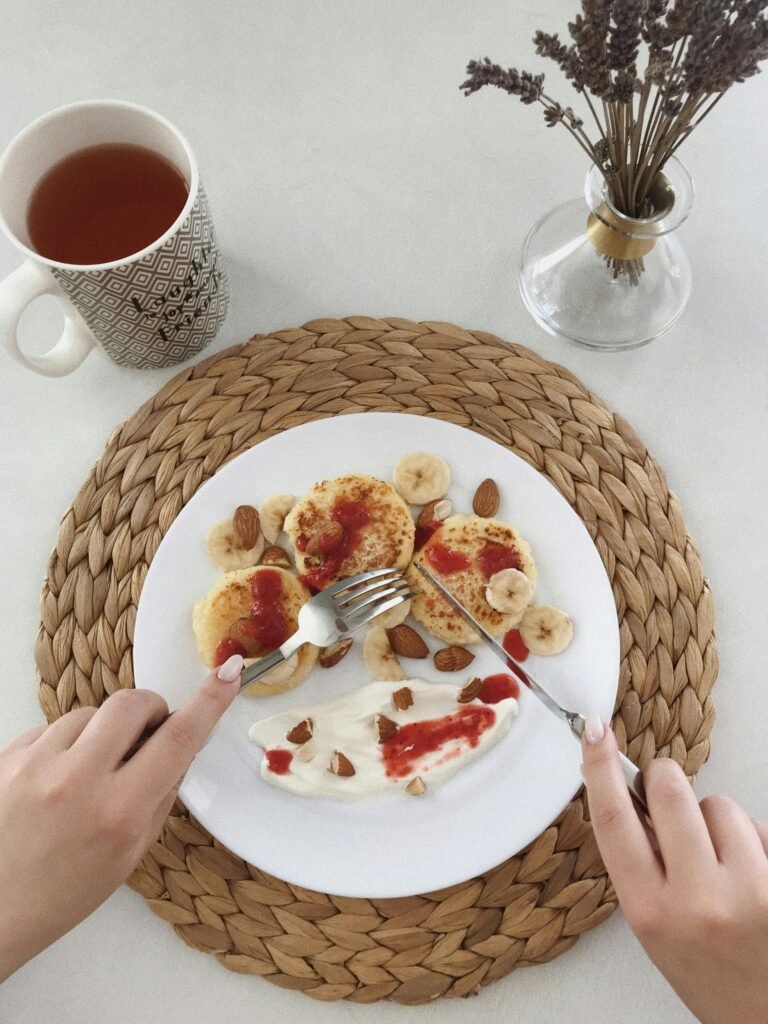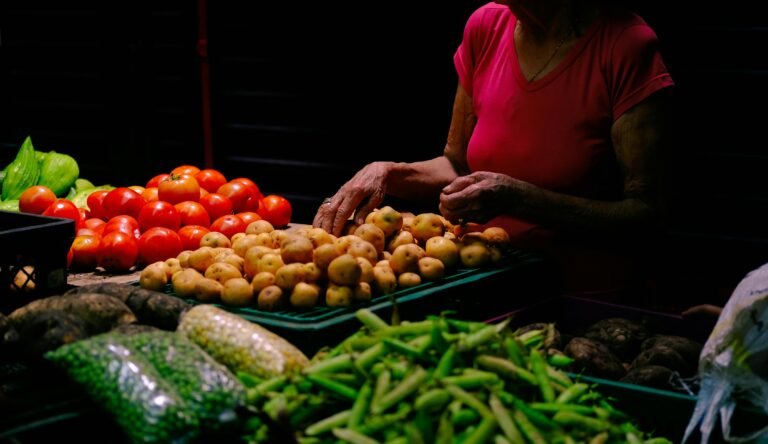Fodmap diet, the simplified fodmap food menu
A diet that has only taken hold in Italy for a couple of years, but which has been known from Australia to America for over ten years, is enjoying more and more success.
This is Fodmap’s Low Content Diet, or improperly called, Fodmap Diet, useful for those suffering from intestinal problems including irritable bowel, for those with swollen stomachs, for those who cannot digest well and have the impression that anything you eat affects your waistline.
Why is it called the Fodmap Diet? And what are Fodmap foods?
It is a diet low in foods with carbohydrates that have some short chains that cause fermentation (Oligo-, Di- and Mono-saccharides and Fermentable Polyols), hence the acronym Fodmap.
The diet low in fermentable foods should be done for at least 6-8 weeks.
Subsequently, you can reintegrate a food (for example pasta), marking it, per week. Two the following week and so on. If any food causes us trouble, it is best to eliminate it altogether or reduce its portion.
Although limiting, the Fodmap diet can really help you solve your bloating , retention, regularity and digestion problems.
In particular, the foods are divided into allowed, allowed in moderation and not allowed.
After 6-8 weeks, you can start including those that are not allowed, while for those admitted in moderation you can also eat immediately, but if you want immediate effects, perhaps it is better here too to wait for the 6-8 week period.
Since many find it difficult to follow, I have therefore decided to write a simplified menu below with only the foods allowed. In short, what you have to follow for 6-8 weeks.
Dieting will be very simple. The rule is: eat only the foods on the list for 6-8 weeks.
It is useless to ask me if you can eat anything else. Limit yourself to the foods on the allowed food list, because that makes it easier.
-
FODMAP DIET: SIMPLIFIED FODMAP FOOD MENU
- In general, fruit is best consumed on average 100 grams per meal, cereals maximum 100 grams, cereal products (flakes, biscuits), maximum 40-50 grams.
- For vegetables , limit yourself to doses of 100/130 grams per meal. It is better to separate the fruit in snacks and not after meals.
- Meals are three main plus two or three snacks.





























+ There are no comments
Add yours